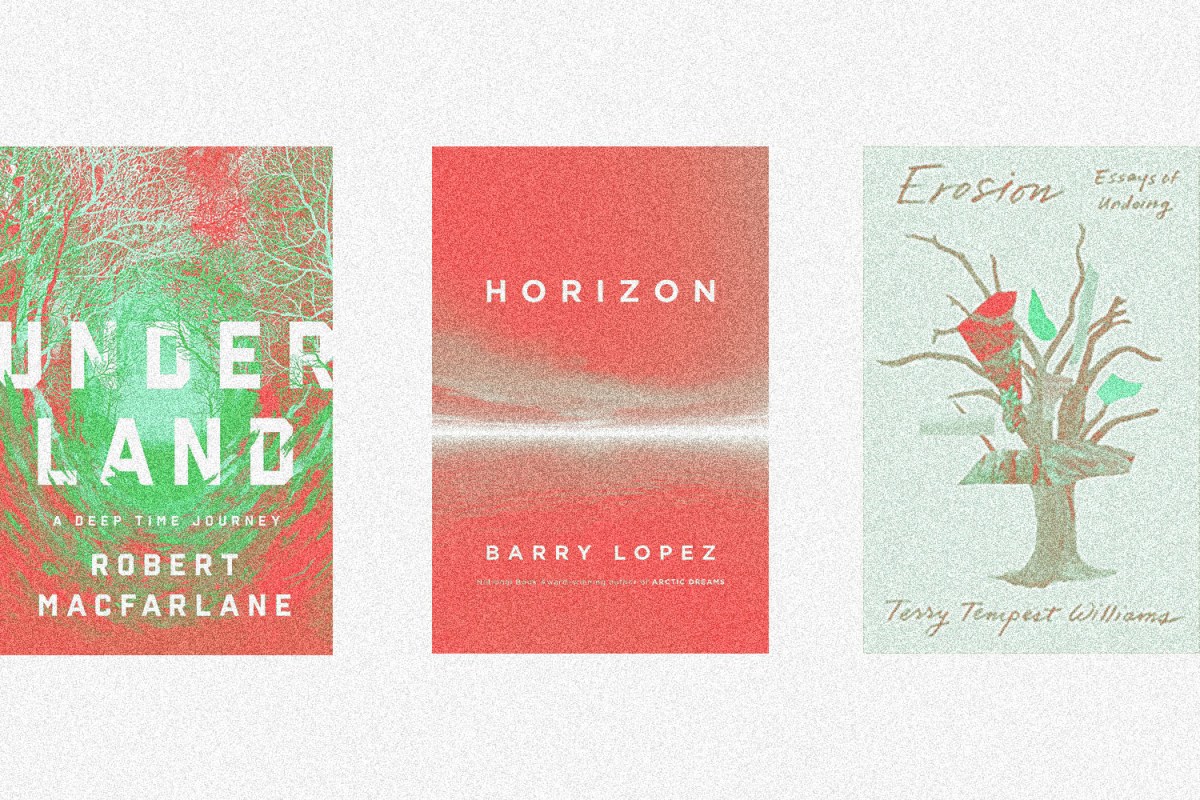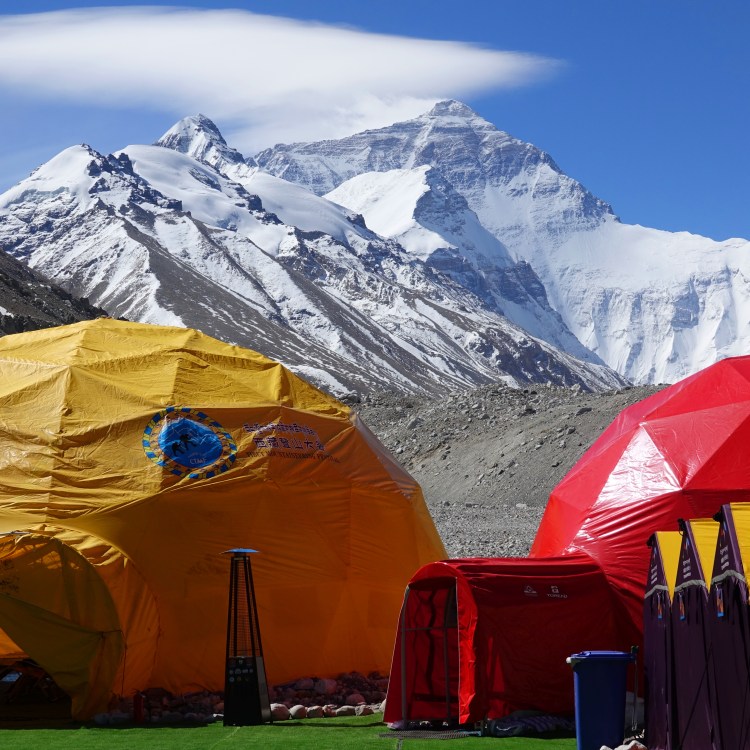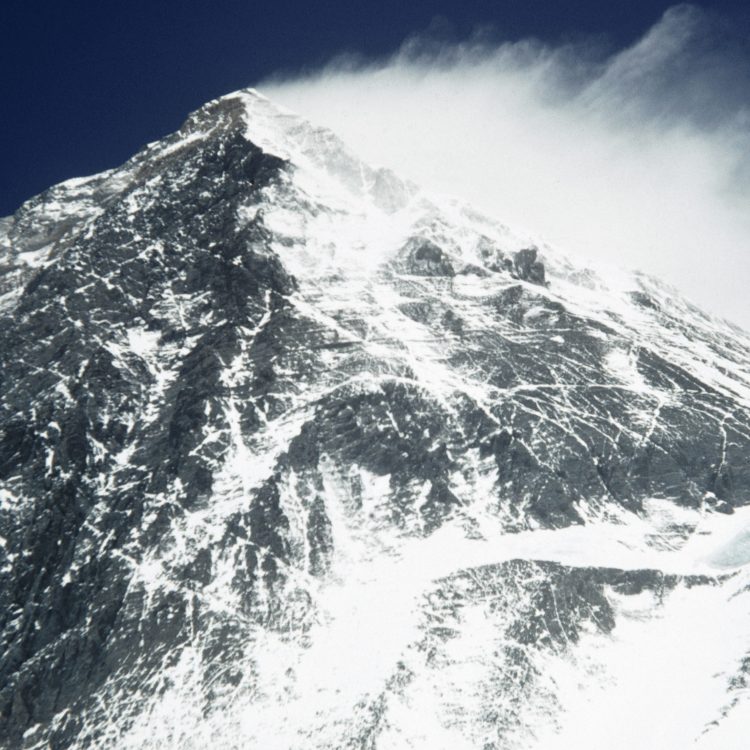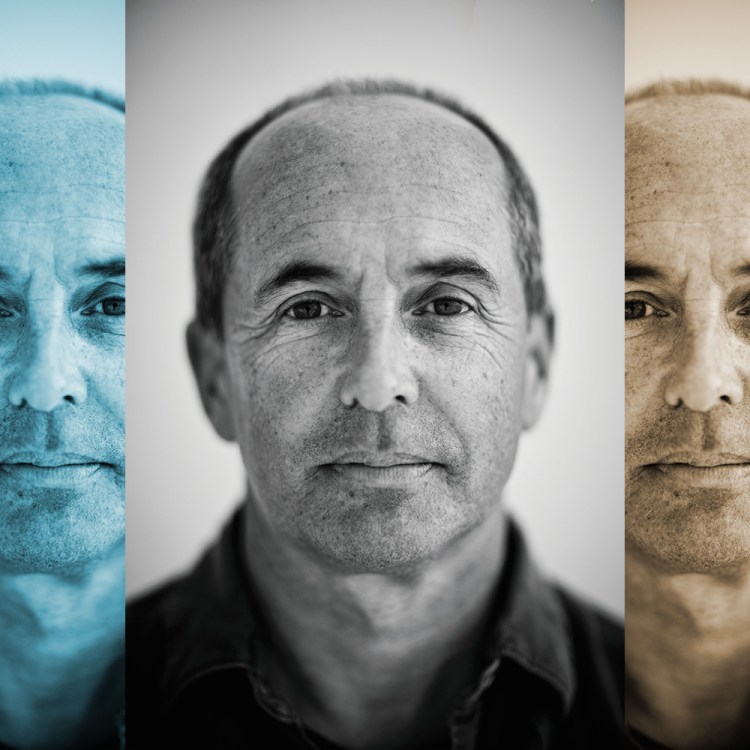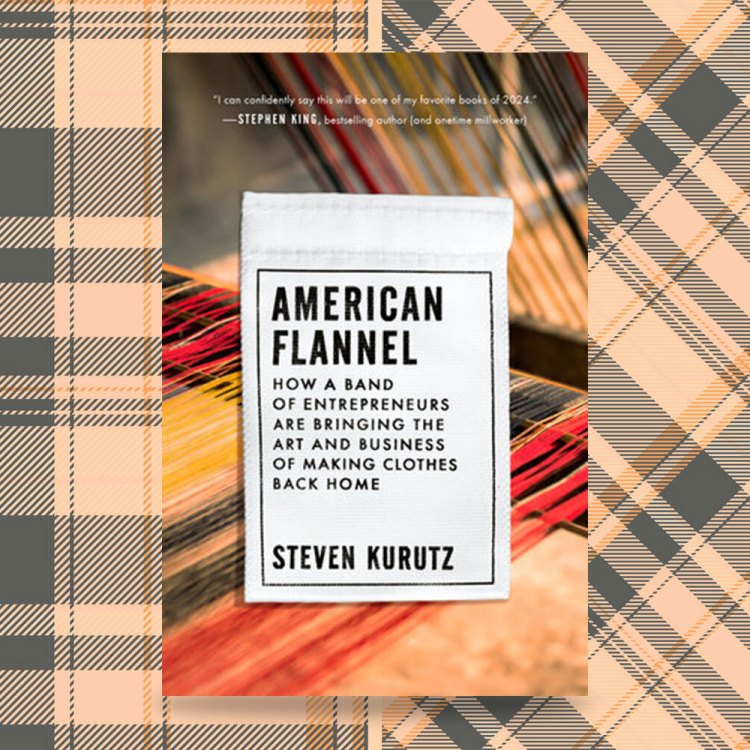On Charles Darwin’s famous expedition to the Galapagos islands, he was confronted with two enormities that contributed to his breakthrough ideas on evolutionary biology. First was a vastness of space: endless ocean surrounded his ship, the HMS Beagle. The second was thanks to the geologist Charles Lyell, who argued the Earth was in fact much older than thought. This “temporal framework,” hypothesizes Barry Lopez, allowed Darwin “to see biological evolution as a very long road branching off and unfurling through time.”
Three recent books of environmental writing — Lopez’s Horizon, Underland: A Deep Time Journey by Robert Macfarlane, and Erosion: Essays of Undoing by Terry Tempest Williams — also provide temporal frameworks within which we can reconsider our position as a species in relation to the natural world and our current epoch: the Anthropocene. Indeed, one of these temporal frameworks is the Anthropocene itself.
Whereas the Pleistocene was defined by the action of ice, the major geological force shaping the world in the Anthropocene — which dates back to the dawn of the nuclear age — is human beings.
Kerri Arsenault, Book Review Editor for Orion magazine, has oceans of books come across her desk. Historically speaking, Arsenault tells us over email, nature writing has been men examining nature “as if holding it with tweezers.” These authors discussed here engage instead in “environmental writing,” which Arsenault describes as “examin[ing] how we define our landscape and also how they define us.”
No one can write about the natural world today without taking stock of climate change, but the principle concern of these authors lies in our (alienated) relationship to nature and our understanding of time.
Each author works with different scales of time, from the geological (Macfarlane) to the biographical (Lopez) to our current moment (Williams), and uses different registers of language appropriate to those scales, such as policy when discussing public lands and myth when journeying into the underworld.
Theseus, in his quest to kill the minotaur at the center of a labyrinth, was gifted a ball of thread, which he unraveled behind him as he traversed the dark passageways, so as not to lose himself in the darkness. Underland by Robert Macfarlane is our golden thread as we journey into darkness and deep time.
This book is organized around three different uses of the underland: “to shelter what is precious, to yield what is valuable, and to dispose of what is harmful.” Nearly every chapter is set in a different location, each of which are maws to inner Earth, and could be considered what is known in the Celtic Christian tradition as a “thin place,” i.e., “sites in a landscape where the borders between worlds or epochs feel at their most fragile.”
Macfarlane’s skills at scene-setting are unmatched. Each chapter opens with a sensual symphony of color and sound using “language that recognizes and advances the animacy of the world.” These lush sensory details are enhanced by his use of the present tense, which embeds the reader deeper in scene. Under Macfarlane’s tutelage, stone breathes, mountains ebb and flow.
“Time moves differently here in the underland,” writes Macfarlane. “It thickens, pools, flows, rushes, slows.” Macfarlane expands our notion of time into something oceanic. “Deep time” is understood in terms of epochs and operates at a geological, rather than human, scale.
Writing of the Anthropocene, Macfarlane asks, what will be our legacy? Many of the spaces Macfarlane explores were shaped by eons of time, but one of the later chapters features a tomb, constructed by humans, and designed to outlast our species. Buried in Greenland, this feat of “post-human architecture” holds nuclear waste. We learned to harness nuclear power for death and energy, but what to do with the toxic waste was an afterthought of grave consequence. Nuclear waste is but one beast to be found in this labyrinth of our own making.
This question of how to navigate the Anthropocene with all its man-made trappings is of utmost concern to Barry Lopez in Horizon, his latest collection of writing. Sweeping in scope, each sprawling chapter is tied to a hyper-specific place (with GPS coordinates), from the Galapagos to Antartica, as Lopez revisits sites of personal significance across the world, rehashing personal memories and local history to invigorate a sense of place and self.
In the opening chapter, Lopez writes from the Oregon coast, where James Cook, a British explorer and accomplished cartographer, first made landfall in North America and where Lewis and Clark ended their epic expedition through America’s wilderness.
Over the course of 12 years, Cook mapped uncharted waters in the Pacific Ocean. Lopez lauds Cook for his contributions to cartography, for “the precision and order of his grid of latitude and longitude … a dependable matrix upon which to lay out a dependable route.” However, the wellspring of comfort offered by Cook’s grid, “lacked the measure of time.”
Today, climate change has deteriorated our shores and sea ice so severely that even Google Earth is no longer an accurate mapping tool in some areas. We have no map, Lopez decries, for navigating these deeply uncertain times.
Horizon is an anxious work. Lopez’s vision of the near-future, that unknown bend in the horizon, is alarmist to say the least. This is certainly warranted, but his reasons are rooted less in climate science than human behavior, which, for Lopez, bends toward dominance and exploitation.
Lopez notes, for example, that all of Cook’s accomplishments were dovetailed with colonial consequences: aggressive economic exploitation, iconoclasm of local cultures, violence to indigenous bodies, and so on.
For centuries, the “colonizing impulse” coincided with exploration and that remains true, even today. Lopez himself is not exempt from critique. These essays are unsettled by self-doubt as Lopez considers how he might be a cog, if not an engine, of the very imperialism he wishes to critique. He worries his writings of pristine places (Lopez is best known for Arctic Dreams) may have contributed to, in the words of Edward Abbey, “industrial tourism.”
In Erosion, Williams writes from and about southern Utah, a region immortalized by Abbey after the publication of Desert Solitaire. This arid stonescape, carved by wind and water over eons of time, is a current battleground in American politics.
After Obama’s midnight proclamation of Bears Ears as a National Monument, a rare victory for Native Americans, Trump reduced the size of the monument by 85 percent, opening it to energy companies for drilling and ranchers for grazing. It is currently being challenged in federal court.
Though Erosion is mostly comprised of personal essays, there are also poems, interviews, collaborative essays, and a short speculative fiction about Canyonlands National Park. Set in 2155, staff robots invite hardy visitors to “step outside briefly and feel the burning beauty uninhabitable now to most species.”
Whereas Underland operates at a scale of deep time and borrows language from the poetic and mythic, Erosion is focused on current events and leans on the language of policy and protest.
Williams quotes lengthy passages directly from policy documents, such as The Wilderness Act of 1964, which “brought the eloquence of the land into the elegance of language” and defines wilderness as “an area where the earth and its community of life are untrammeled by man, where man himself is a visitor who does not remain.”
Protest takes many forms, including marching at the 2015 U.N. Climate Change Conference in Paris, individuals disrupting auctions of public land to energy companies, and convening locals in Wyoming, the largest coal-producer in the world, to share their stories and discuss the fossil fuel industry.
Political change often feels glacial, because it is. But these authors agree the first step toward change begins with our self-understanding. “To flourish as a species,” writes Williams, “an erosion of belief will be necessary, that says we are not the center of the universe.”
For Arsenault, this is “where books can change the discourse.” “No political action will occur,” she said, “unless our leaders are affected personally.”
Lopez calls for an “ecological view” of Homo sapiens, one that acknowledges the physical environment shapes our lives as much as we shape it. Thus, “to care for the environment is to care for the self.” By moving away from an anthropocentric view, we can reimagine a world where humans are cooperative, not dominant.
“Language,” writes Macfarlane, “is one of the great geological forces of the Anthropocene.” If wielded properly, language and the stories we tell, as demonstrated by these master wordsmiths, can be an engine of change.
Challenging climates, according to Darwin’s theory of evolution, yield some of Earth’s most enduring, nimble species. The same might be said of writing. Coverage of climate change is bountiful, but these three specimens stand out for their literary finesse, convincing arguments, and, above all, deep appreciation for the majesty of the natural world.
“The world is so beautiful,” writes Williams, “even as it burns.”
This article was featured in the InsideHook newsletter. Sign up now.
